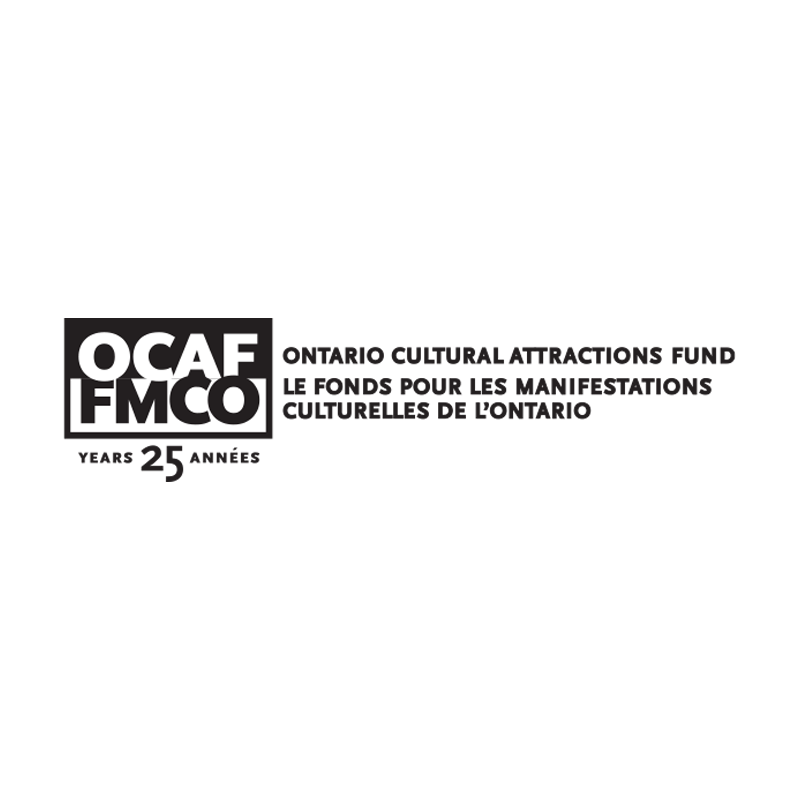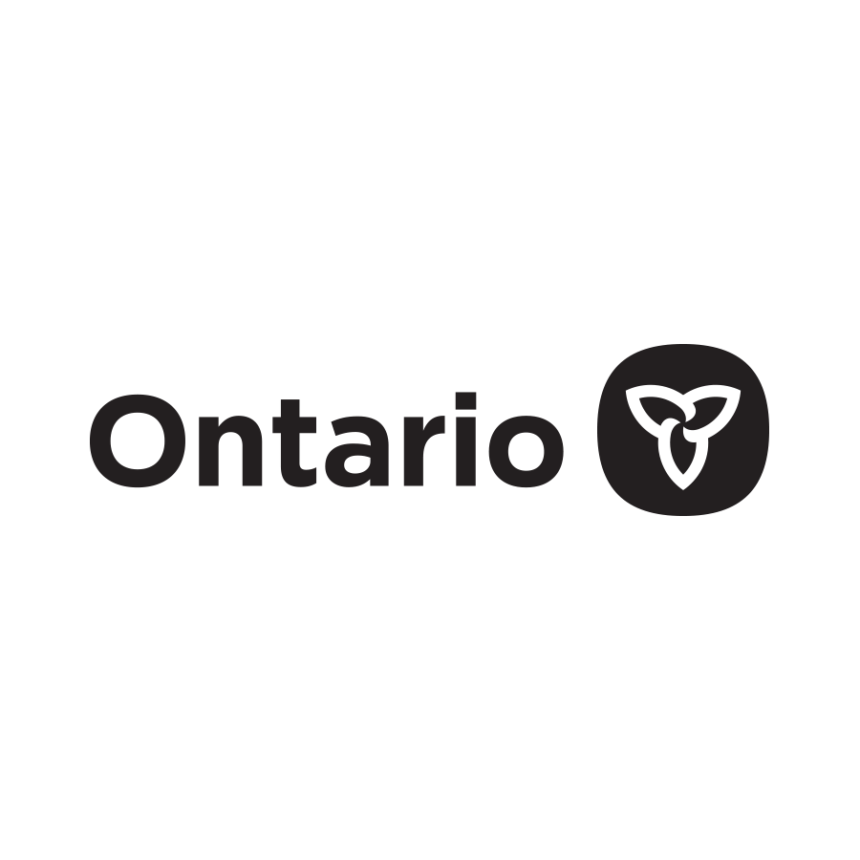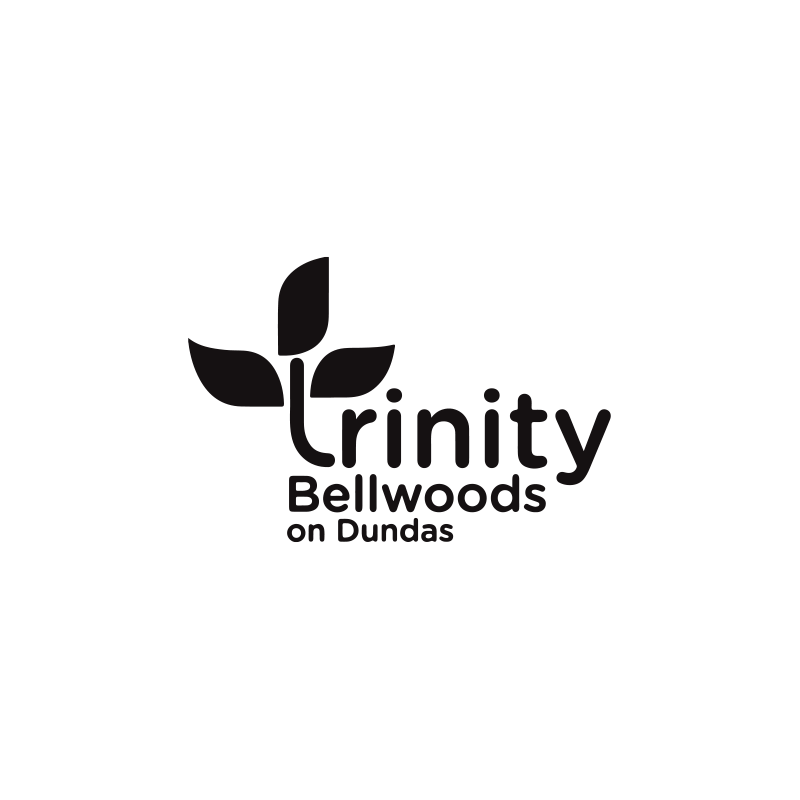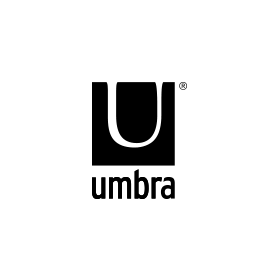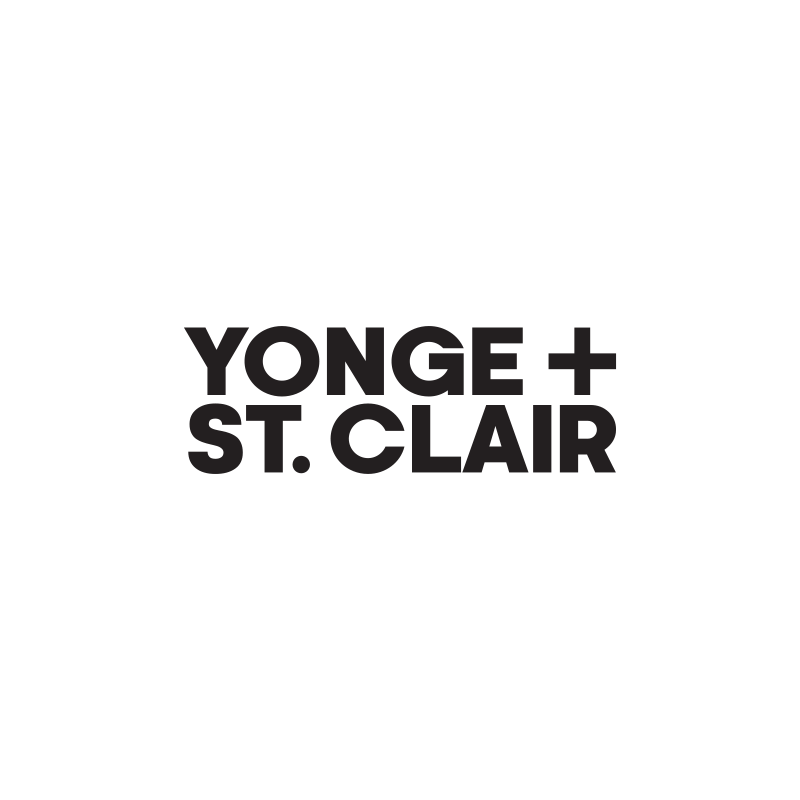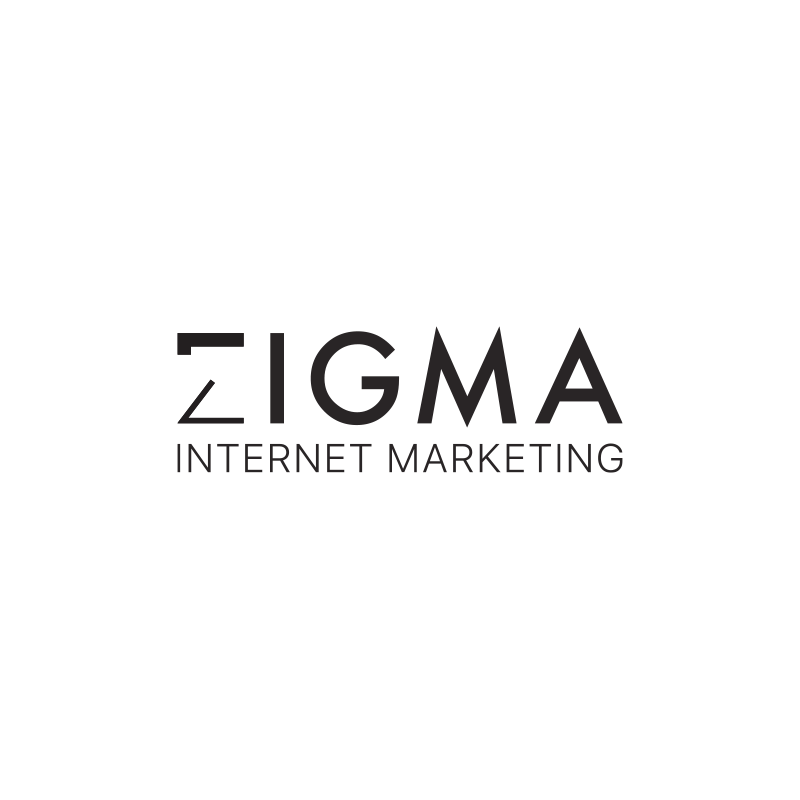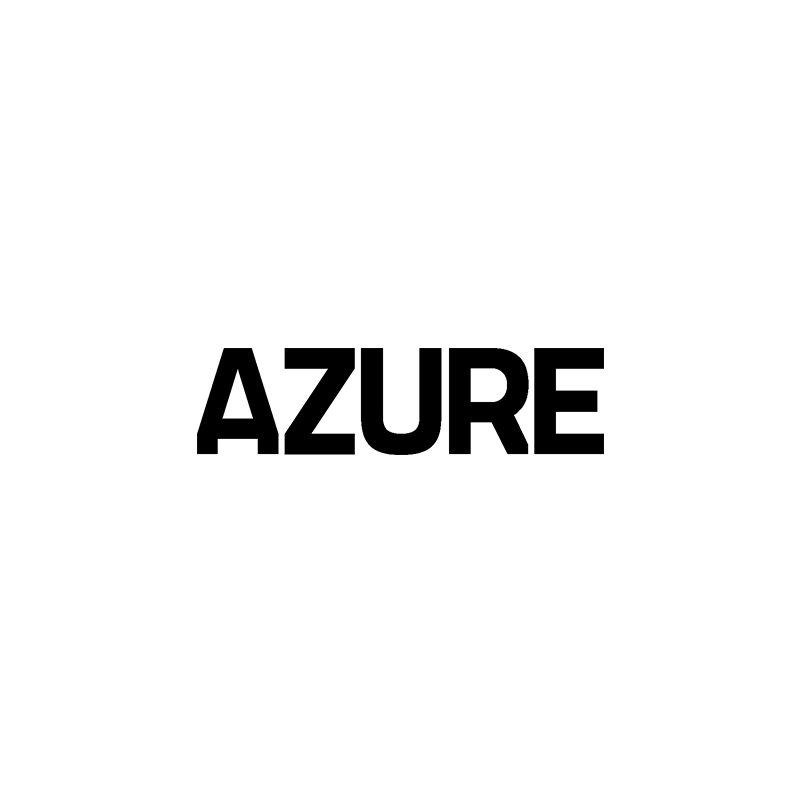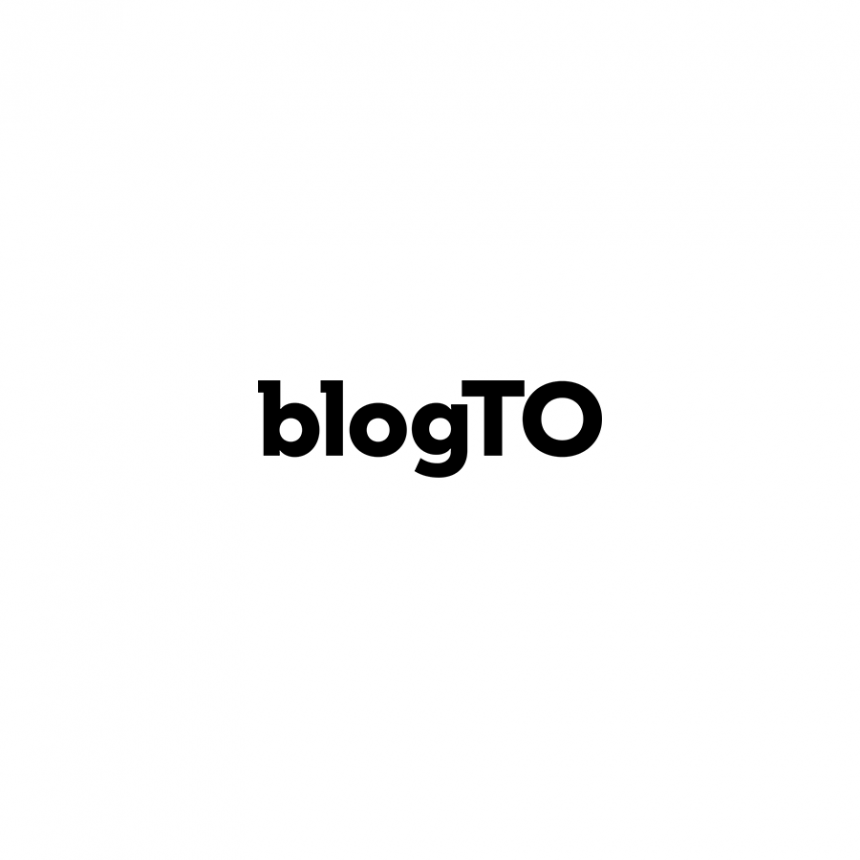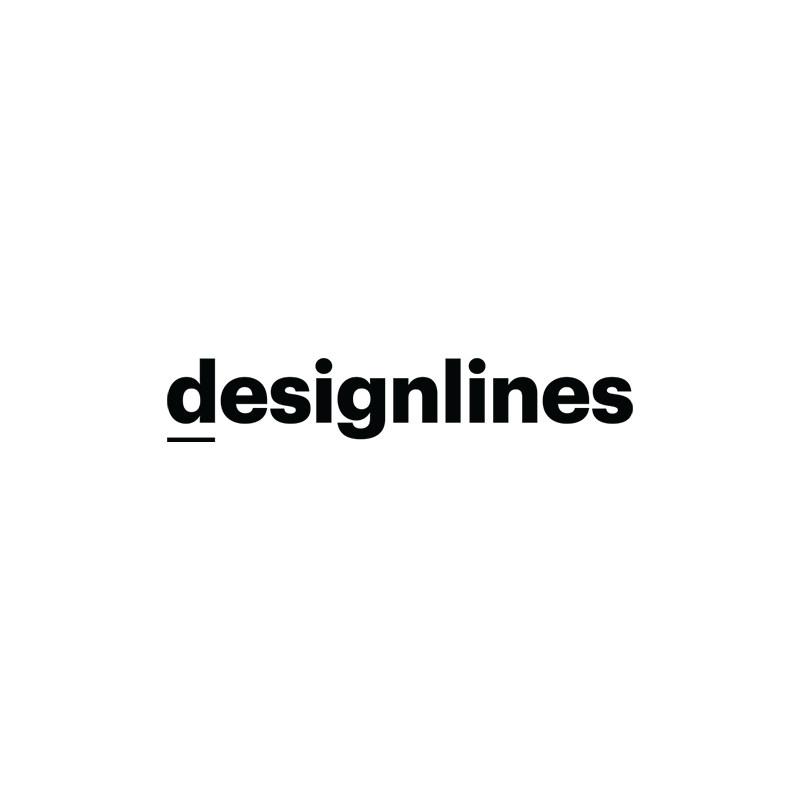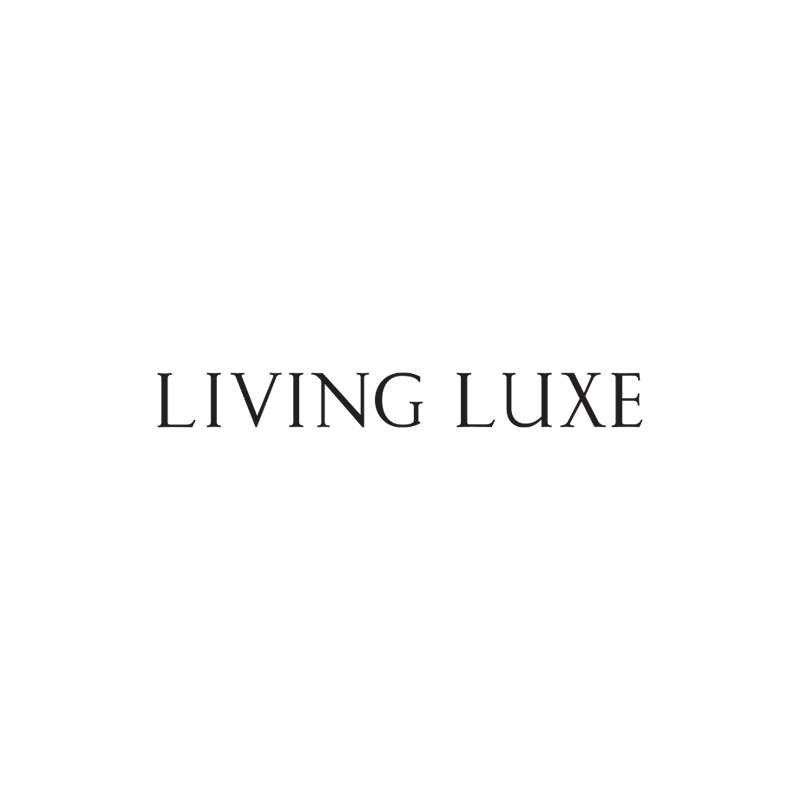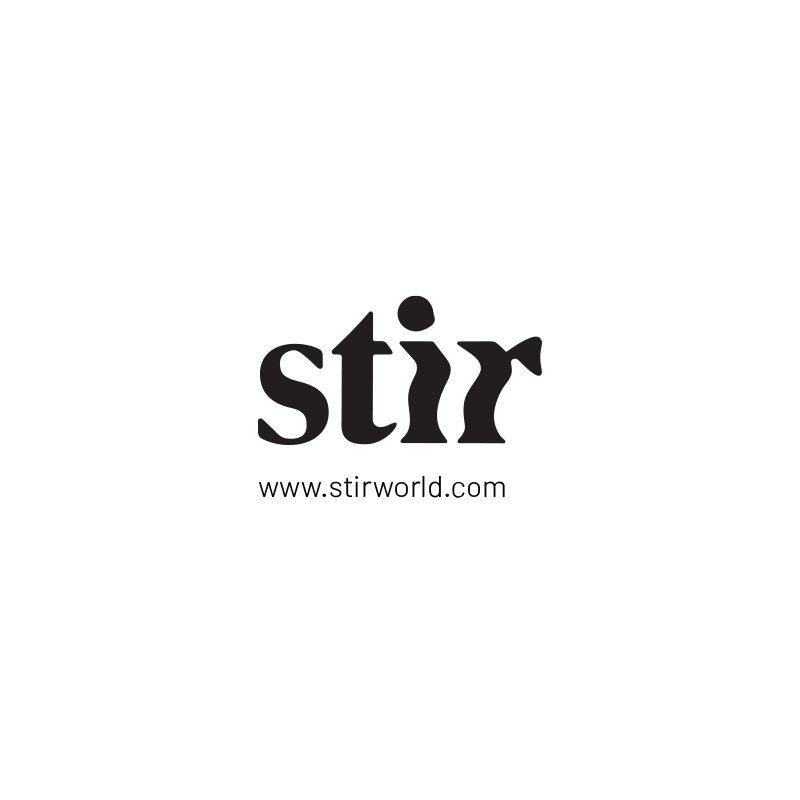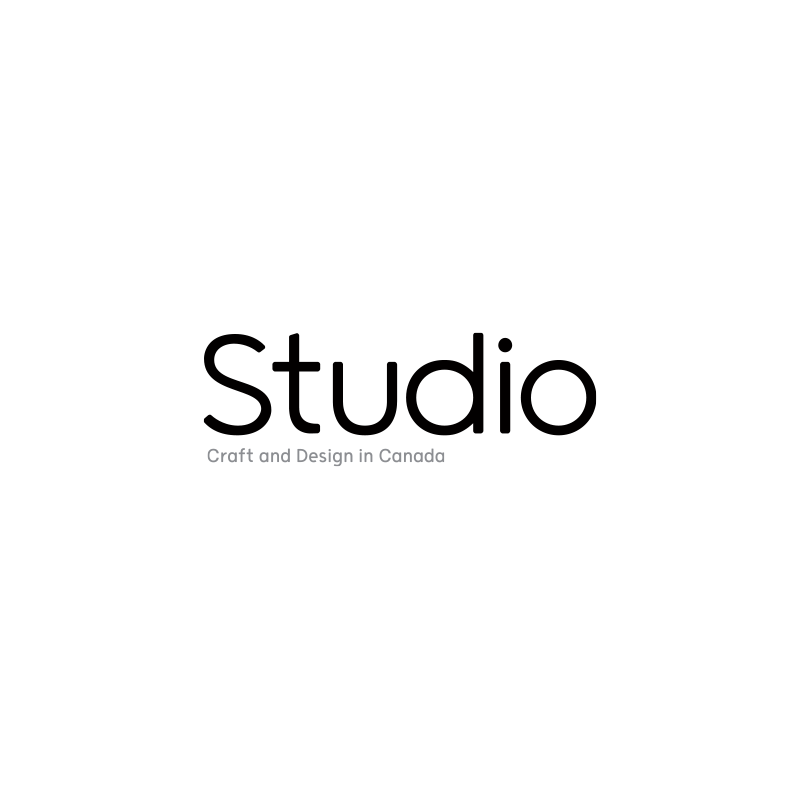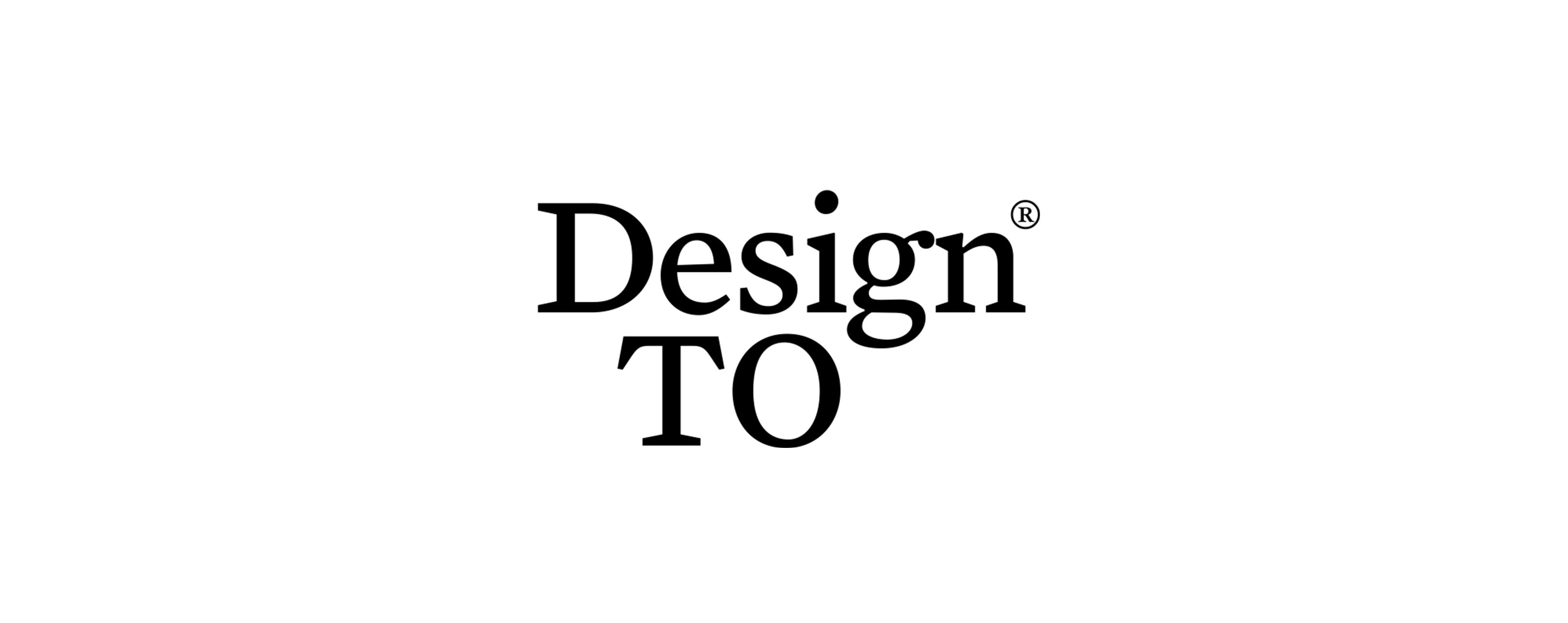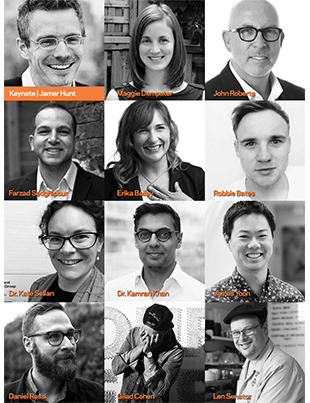
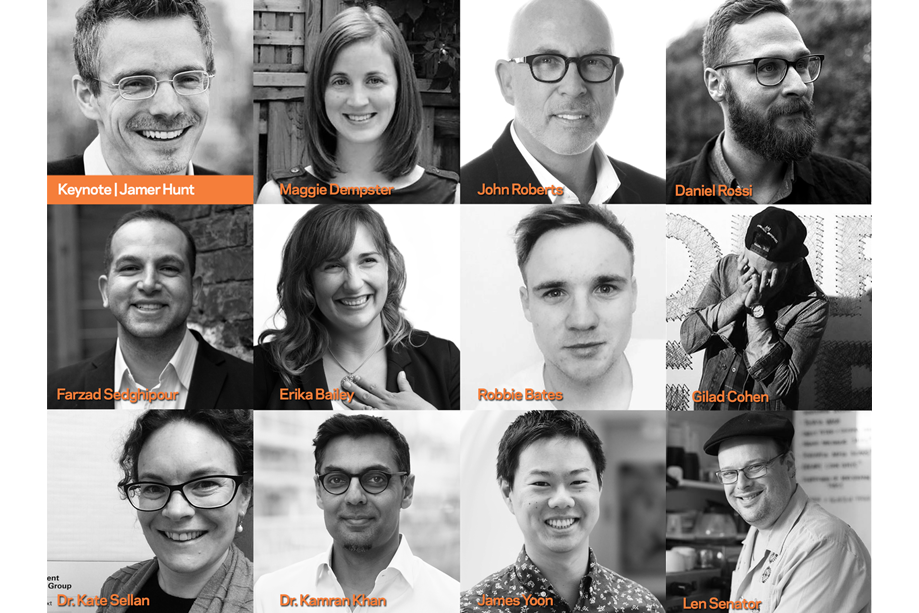
TO DO’s second annual symposium brings designers, thought-leaders, and innovators into one room to discuss design and the pursuit of well-being. Join us on Saturday, Jan. 21, 2017 as we explore the ways in which design can shape and influence our the workplace, health, and society.
The four-hour event will kick-off with a keynote presentation from Jamer Hunt, Vice-Provost for Transdisciplinary Initiatives at The New School, co-founder of DesignPhiladelphia, and co-creator of the award-winning curatorial experiment Design and Violence at the MoMA. In his practice at Big + Tall Design, Hunt combines conceptual, collaborative, and communication design. Hunt will discuss how he works to collaboratively design open and flexible programs for participation that respond to cultural conditions, and in turn how they affect well-being.
A total of 12 multidisciplinary experts will present throughout three sessions at TO DO Talks: Symposium. Tickets are just $30, and are selling fast. Get yours today!
SESSION 1: WELL-BEING IN THE WORKPLACE
The future of work and the powerful influence of design
Maggie Dempster, Workplace Consultant
John Roberts, Design Strategy Lead
In the new landscape of work the role of design is more critical than ever before. Rapid advances in technology and changing business models require employees to work in new ways. Yet, while the nature of work has evolved, most workplaces have not. A human centered approach to workplace design can positively influence behavior driving greater prosperity for both the individual and the organization.
Play to Perform: Why Play is the Future of Work
Farzad Sedghipour, Futurist
70% of employees don’t like their jobs. This costs Canada and the US $500 billion annually, a leading cost of workplace failure. Yet the social technology to overcome this crisis exists: play. Play drives motivation, collaboration, and creativity; these are attributes that lead to connection, innovation and better adaption to change. Yet, despite well-published evidence, organizations remain play-phobic. This talk outlines why, and proposes design interventions for overcoming play-phobia and adopting play as a major tool of 21st century workforce success.
Designing a Culture: Experiments in rapid behavioural prototyping
Erika Bailey, Innovation Designer
There is a critical interplay between organizational cultures and worker well-being. Human-centred design is a proven approach for improving those complex cultures. I will share stories of how people-driven problem solving and rapid behavioural prototyping are changing how two organizations accomplish vastly different objectives, and how it’s working. We will explore how design can be applied to the emotional realm, and how using our “Culture Scan” is changing our understanding of how organizational patterns change.
SESSION 2: WELL-BEING AND HEALTH
Designing beyond the health service
Robbie Bates, Design Director
Life is complicated enough. It becomes even more complicated when you’re living with a long-term health condition. Using personal stories and examples of work at Uscreates, Robbie will explore why we should design beyond the health service, and support the personal well-being of those living with long-term health conditions.
Role of Design in Synthesizing Different Kinds of Truth about Health and Wellbeing
Dr. Kate Sellan, Director, Graduate Program in Design for Health
Different communities and people hold different views on their own well-being and the well-being of others. It’s often challenging to balance different perspectives during the design process when the truth of medicine is competing with the truth of social media and everyday experiences of well-being. Design has a role to play by bringing an ambiguous, pragmatic, and emergent ‘truth’ to complex health innovations.
Designing for Health in a Connected World
Dr. Kamran Khan, CEO and Founder
James Yoon, Director of Design
In our increasingly interconnected world, infectious diseases pose global health, security, economic, and social risks. BlueDot is internationally recognized as a social enterprise engaging governments, businesses, healthcare providers, and the broader public to prevent or mitigate against threats from infectious diseases such as Zika and Ebola. Through integration of design, medicine, data science, and analytics, BlueDot has produced a range of creative visuals to support timely decisions about dangerous infectious diseases.
SESSION 3: WELL-BEING AND SOCIETY
In Light of Dark Matter
Daniel Rossi, Visual Maker
Exploring the dark matter of ‘well-being’ begins with the understanding that there are many parallel realities that exist and occupy space in tandem to one’s own. This talk will explore how creating immersive and tangible experiences can shift people’s perspectives by creating an ‘overview effect’, shedding light on the ‘dark matter’ that binds us together. This result can render people more collaborative, actionable, and empathic when exploring and engaging in the conversation of ‘well-being’.
The Art of Building Community: How JAYU builds safe spaces to share human rights stories through the arts.
Gilad Cohen, Founder & Executive Director
Since 2012, JAYU has been exploring creative ways of offering safe spaces where through the arts, individuals can share their human rights stories. Gilad will discuss how creativity can build resilient communities and smash barriers all around us.
Designing for Meaning
Len Senator, Founder/Owner, The Depanneur & Co-founder, Newcomer Kitchen
Meaning cannot be bought or sold, but it can be designed. Or rather, one can design to create the conditions where meaning can flourish. Len will explore how he created The Depanneur, a space where interesting food things could happen. From this foundation, the Newcomer Kitchen emerged in 2016, a project that invites Syrian newcomer women to use their remarkable food skills to create social and economic opportunity in their new home
Funding generously provided by the Ontario Arts Council. Special thanks to our institutional partner OCAD University, and sponsors KPMB Architects and the Gladstone Hotel.
